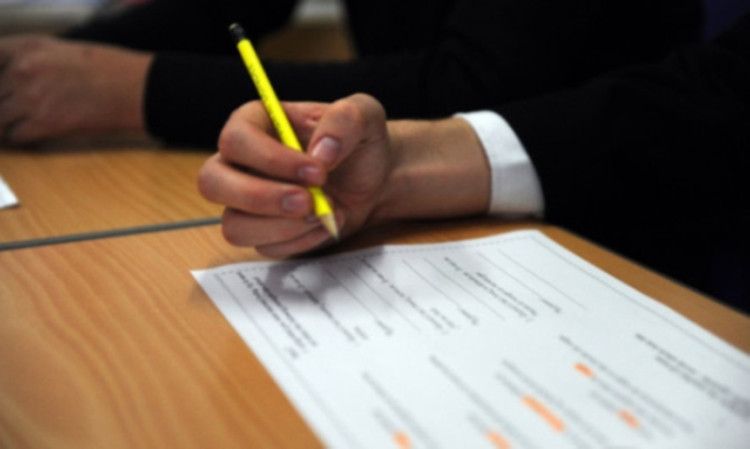A controversial survey has revealed that hundreds of children across Perth and Kinross are engaging in risky sexual behaviour and abusing alcohol.
More than 10% of all pupils in the region’s secondary schools admitted having been involved in anti-social behaviour such as shoplifting or vandalism.
And 42% of 11 to 16-year-olds admitted substance abuse whether illegal drugs, cigarettes or alcohol in the month before the Evidence2Success study was carried out.
Perhaps most shockingly, some 8% of over 14s admitted that that they had engaged in risky sexual behaviour. That was defined as two or more sexual partners in the past year, inconsistent contraceptive use or inconsistent condom use.
Meanwhile, less than half of secondary pupils said they enjoyed school or thought their school work was important.
Many of the findings will appal parents, but Perth and Kinross Council insists that the survey was “a bold step” that will help to shape services across the region.
The council’s executive director for education and children’s service John Fyffe said it would be “unrealistic” to have thought that drinking and sexual activity among some teenagers would not have been revealed by the survey.
He said the statistics would allow the council and its partner agencies including the NHS, Police Scotland and charities to have a real sense of the scale of the issues raised.
The exercise caused a storm of protest when it was first introduced with claims that some of the questions were “inappropriate”.
The harest hitting were answered only by older pupils, with surveys for primary children being undertaken in consultation with parents.
Mr Fyffe told the Courier that the survey had been a valuable exercise and said the bare facts presented by students would help to shape services across the region.
However, he did concede that if it was repeated, lessons could be learned from the pre-survey communications with parents.
“It was a bold step,” Mr Fyffe said of the council’s commissioning of the survey.
“What is going to come out of this is that there are issues we have to ask more questions about. That is positive. You can’t move forward if you do not conduct the research.
“It is what we do with it that is important, how it forms our priorities.”
Mr Fyffe added that there was no “silver bullet” to tackling the problems highlighted but said this kind of research was vital in making effective decisions on where to focus efforts and funding.
Meanwhile, the convener of the lifelong learning committee, Bob Band, said the council had “never been frightened” of what the findings might expose and that there had been support across the council for the survey.
In the 11 to 16 age range a total of 4,700 children from 10 secondary schools took part representing a response rate of 85%. Although there were some fluctuations in findings, results were fairly consistent across the schools.
The findings for the “up to nine” age group were achieved through interviews with parents rather than directly with the children.
Parents and children were able to opt out of the survey at any point and decline to answer any individual question, and the identities of those taking part were kept secret.
The survey found that across Perth and Kinross as a whole, 57.5% of the older pupils said they had been involved in no substance abuse over the past month.
Of those who had, only a small number admitted to having used illegal drugs (2.7% of all those surveyed), while 7.5% admitted smoking in the past four weeks.
The majority of behaviour assessed as substance abuse involved alcohol, with just more than 40% of 11-16s admitting consuming alcohol in the month before the survey.
Around 16% of pupils admitted to being involved in binge drinking.
In this age group, 49.2% thought school work was important, 48.3% enjoyed school, while 79.2% said they put effort into school work and 91.3% said they had not played truant in the past month.
Mr Fyfe said the money spent on the survey was a minute fraction of the £163 million budget of the education and children service’s budget and could prove invaluable in shaping the way forward for the next five years.
He added that the survey had won the support of the “silent majority” of parents and was trailblazing, with six more local authorities in Scotland now considering undertaking the Evidence2Success Project.
The findings for each school are available on the council’s website.
